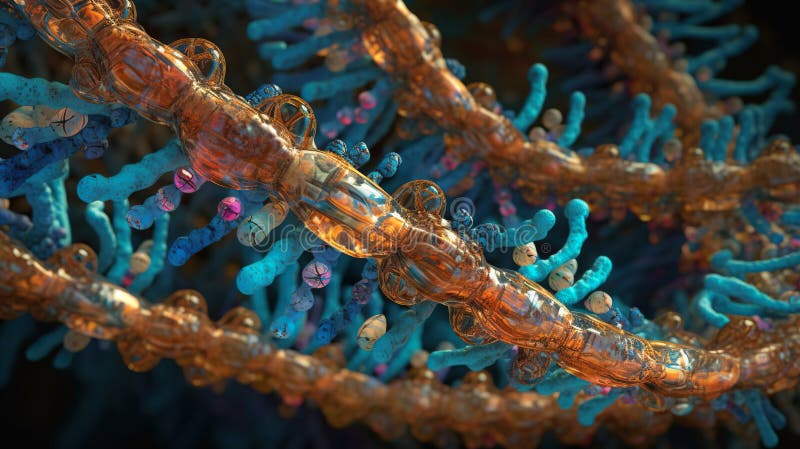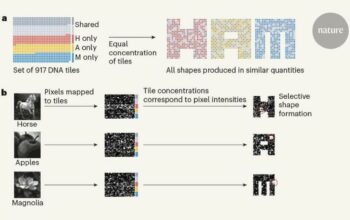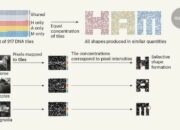Biotechnology, an interdisciplinary field merging biology with technology, continuously evolves, provoking questions about its fundamental essence. Is biotechnology predominantly a science that elucidates biological phenomena, or does it manifest more as an engineering discipline focused on practical applications? This inquiry not only encourages us to explore the definitions that surround these domains but also emphasizes the nuances inherent in their intersection.
The term “biotechnology” encapsulates a plethora of practices that utilize biological systems, living organisms, or derivatives thereof to synthesize products or process materials. Traditionally, the term has been associated with methods such as fermentation and selective breeding. However, with the advancement of modern molecular biology techniques, its connotation has flourished into more complex arenas including genetic engineering, synthetic biology, and biomanufacturing. Hence, we encounter an intriguing dilemma: Are we witnessing the emergence of a novel discipline, or is biotechnology merely an evolved branch of established sciences?
To dissect this question, it is essential to consider biotechnology’s foundational components. Science, in its quintessential form, is not merely about gathering data but also entails the rigorous scrutiny of hypotheses through repeatable experimentation. The methodologies inherent to the life sciences, especially genetics and microbiology, empower researchers to dissect and understand the fundamental mechanisms of life itself. Herein lies a fundamental characteristic of biotechnology: it employs scientific inquiry as a catalyst for innovation.
For instance, recombinant DNA technology epitomizes the intersection of scientific discovery and engineered application. Pioneer research conducted by scientists like Paul Berg, who initiated studies into the manipulation of DNA segments, laid the groundwork for contemporary biotechnological advancements. The resultant applications have led to revolutionary medical therapies, such as insulin production through genetically modified bacteria, which seamlessly meld the realms of biology and engineering into coherent practical solutions.
However, discussions concerning biotechnology’s identity prompt us to confront potential challenges. The methods of engineering employed within biotechnology rest on the principles borrowed from scientific disciplines, yet the engineering aspects push boundaries beyond invention into ethical and moral considerations. This conundrum raises questions about accountability and safety standards associated with biotechnological innovations. Who is responsible when synthetic organisms escape controlled environments, or when genetic modifications yield unforeseen consequences? The duality of biotechnology as both a science and an engineering discipline necessitates robust regulatory frameworks to ensure ethical stewardship.
Moreover, the discourse surrounding biotechnology’s classification extends into the public domain. The societal perception of biotechnology often oscillates between reverence for its potential and trepidation regarding its moral implications. Genetically modified organisms (GMOs), for instance, provoke contrasting opinions, encapsulating the intersection of fear and hope. Communities grapple with the juxtaposition of benefits — such as food security and enhanced agricultural productivity — against the potential risks that lie within ecological balance and biodiversity. Thus, the question of whether biotechnology leans more towards science or engineering morphs into a sociological inquiry.
In academic circles, another layer emerges when dissecting biotechnology’s crux. The scientific understanding of biological systems and their engineering requires an array of competencies: molecular biology, biochemistry, computer science, and material engineering. This amalgamation necessitates collaborative efforts across disciplines, leading to a new paradigm of transdisciplinary research. Such collaborations breed innovations that reshape the landscape of modern science and engineering, where traditional boundaries become increasingly blurred.
The advancements in biotechnology also challenge the notion of reproducibility, a cornerstone of scientific practice. The proprietary nature of biotechnological innovations often leads to a lack of transparency, complicating efforts for independent verification. Furthermore, this proprietary environment risks stifling academic discourse, as researchers may find themselves navigating a maze of restricted information. As a cautiously optimistic society moves forward, the balance between dissemination and confidentiality remains a pivotal challenge.
Interestingly, the dilemma of biotechnology fosters numerous potential solutions and future directions. An integrated approach that balances scientific inquiry with engineering principles is imperative. Evolving interdisciplinary educational programs can equip new generations of scientists and engineers with the requisite skills to traverse both domains adeptly. Programs that emphasize collaborative research and ethical consideration may cultivate thoughtful practitioners prepared to tackle the multifaceted challenges inherent in biotechnology.
In conclusion, the question of whether biotechnology is a science, an engineering discipline, or an amalgamation of both does not yield a straightforward answer. Instead, it invites complex deliberation that encompasses scientific rigor, ethical frameworks, and societal implications. As humanity steps boldly into an era fraught with biotechnological promise, the potential to unite disciplines and adhere to ethical principles remains an enduring challenge. Navigating this path requires vigilance, innovation, and the courage to question the underlying paradigms that shape our understanding of the biological universe. Is biotechnology the crucible where science and engineering coalesce, or are these elements destined to remain distinct in an ever-evolving scientific landscape? Only time, and our collective choices, will illuminate this burgeoning field’s definitive identity.










